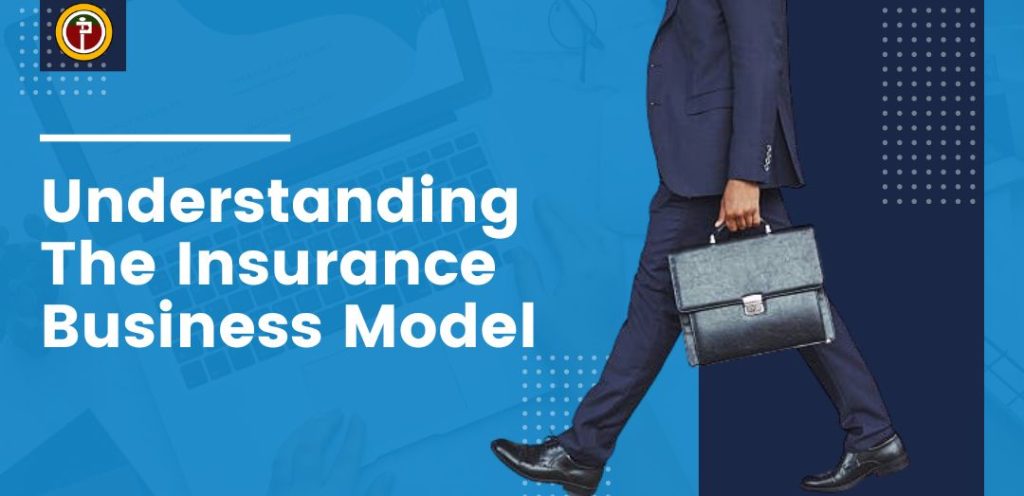Insurance is designed to protect your financial well-being, but opting for inadequate coverage—known as underinsurance—can be a costly mistake. Underinsurance happens when the value of your insured assets is less than their actual replacement cost. Here’s why it matters and how to avoid it.
Also read:
How Insurers Determine Market Value and Insured Value
Why Insurable Interest is Crucial for Valid Insurance Contracts
Understanding the Difference between Market Value and Insured Value
What is Underinsurance?
Underinsurance means your coverage isn’t sufficient to replace or repair your assets after a loss. For example, if your home is insured for ₦50 million but rebuilding costs ₦100 million, you’re underinsured by 50%.
Why Does Underinsurance Happen?
1. Inaccurate Valuation: Assets may be valued incorrectly, often based on outdated figures or purchase prices rather than current market value.
2. Inflation: Rising costs of goods and services over time can outpace your insurance coverage.
3. Skipping Policy Reviews: Failing to update your policy as your assets appreciate can lead to underinsurance.
4. Choosing Cheap Policies: Lower premiums might seem attractive, but they often come with insufficient coverage.
Consequences of Underinsurance
1. Inadequate Payouts: You may receive less compensation than needed to replace or repair your assets.
2. Average Clause Application: Insurers can reduce payouts in proportion to the degree of underinsurance.
3. Financial Strain: You may need to cover the shortfall from your own pocket.
4. Business Disruption: For businesses, underinsurance can lead to severe financial setbacks, affecting operations and revenue.
How to Avoid Underinsurance
1. Get Professional Valuations: Ensure your assets are valued accurately, especially for high-value items.
2. Regular Policy Reviews: Update your insurance annually or after significant changes in asset value.
3. Consider inflation-protected Policies: These adjust coverage limits based on inflation rates.
4. Consult an Insurance Broker: A broker can help tailor coverage to meet your needs.
5. Don’t Compromise on Coverage: Opt for comprehensive coverage even if it means higher premiums.
Also read:
How Insurers Determine Market Value and Insured Value
Why Insurable Interest is Crucial for Valid Insurance Contracts
Understanding the Difference between Market Value and Insured Value
Real-Life Example:
A homeowner insures their property based on the purchase price instead of current rebuilding costs. After a fire, they find the payout is insufficient to cover today’s construction expenses, leaving them to make up the difference.
In conclusion, underinsurance can leave you exposed to significant financial risks. To safeguard your assets, ensure your coverage reflects their full value and review your policies regularly. If in doubt, consult with your insurer or broker for advice.




